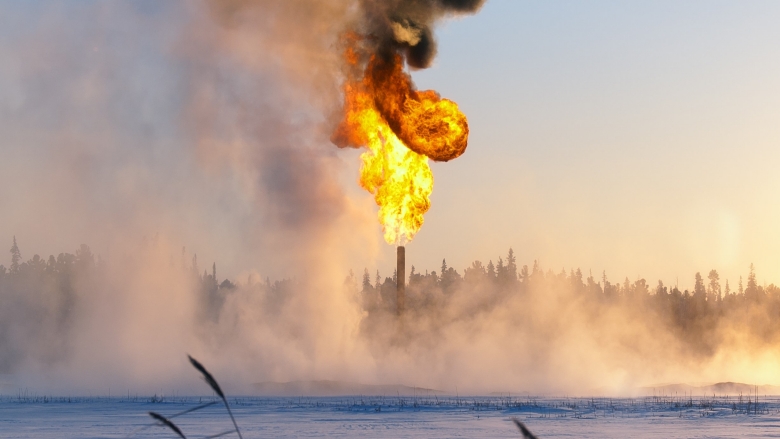BREAKING: Armed transporters invade national park in Oyo, kill 5
January 7, 2026JUST IN : Despite meeting bail conditions, Malami remains in Kuje
January 7, 2026Exclusive: Nigeria, US and Mexico ranked top in Tackling Global Gas Flaring Reduction: World Bank
Exclusive: Nigeria, US and Mexico ranked top in Tackling Global Gas Flaring Reduction: World Bank

A new report compiled by the World Bank’s Global Gas Flaring Reduction Partnership (GGFR) reveals that Nigeria, Mexico, and the United States of America accounted for the majority of the global decline in gas flaring in 2022, while Kazakhstan and Colombia have consistently reduced flaring volumes in the last seven years.
In spite of the improvements, the majority of gas flaring is still being caused by nine countries – Russia, Iraq, Iran, Algeria, Venezuela, the United States, Mexico, Libya, and Nigeria – which account for almost three-fourths of flare volumes and less than half of global oil production.
Data from the World Bank’s GGFR indicated that the decline of gas flaring resumed in 2022, with worldwide flaring dropping to 139 bcm, its lowest amount since 2010.
Guangzhe Chen, the World Bank Vice President for Infrastructure, commented on the data saying that the three percent decline in global gas flaring volumes in 2022 was a welcome respite, especially during a time of energy insecurity.
He also urged oil producers to take advantage of opportunities to end this polluting and wasteful practice. Nigeria, Mexico, and the United States were credited for most of the decline, while Kazakhstan and Colombia were praised for consistently reducing flaring volumes over the last seven years.
Guangzhe Chen, the World Bank Vice President for Infrastructure, commented on the data saying that the three percent decline in global gas flaring volumes in 2022 was a welcome respite, especially during a time of energy insecurity.
He also urged oil producers to take advantage of opportunities to end this polluting and wasteful practice. Nigeria, Mexico, and the United States were credited for most of the decline, while Kazakhstan and Colombia were praised for consistently reducing flaring volumes over the last seven years.
The report noted that, despite the overall reduction in flare volume and global flaring intensity, the top nine flaring countries were still responsible for nearly three-quarters of flare volumes, and accounted for under half of the world’s oil production.
This indicates that there has been some progress in decoupling oil production from flaring, but that more needs to be done in order to achieve further reductions.
The World Bank’s GGFR Programme Manager, Zubin Bamji, expressed worry over the amount of methane emitted through flaring, especially from flares that are not functioning correctly, noting that methane is a much stronger greenhouse gas than carbon dioxide over the short term. Consequently, the World Bank is stepping up efforts to assist developing countries in addressing methane emissions, considering that research indicates that the amount of methane released from flaring could be much higher than previously thought.
Gas flaring is the combustion of natural gas associated with oil production. This wasted resource could be utilized to replace dirtier energy sources, provide greater access to energy in developing countries, and create energy security for many nations.
For instance, if the average flare is five percent less efficient at burning methane, then the global amount of methane discharged would be three times higher than currently estimated.













